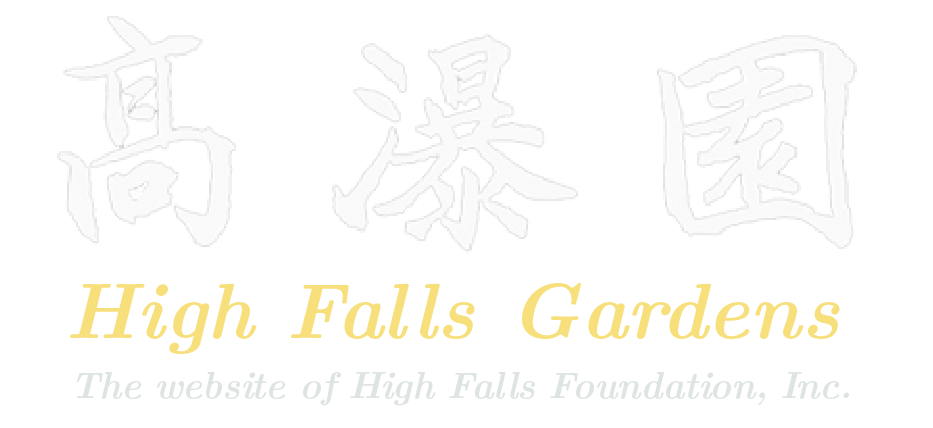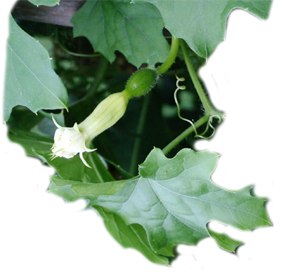Book Review: First published in the Shen Nong Society Newsletter, August 2018
Chinese Medicinal Plants, Herbal Drugs and Substitutes: An Identification Guide, by Christine Leon and Lin Yu-Lin, is the result of a collaboration between Kew Gardens in England and the Institute of Medicinal Plant Development (IMPLAD) headquartered in Beijing. This splendid, 800-page text (the Guide) contains thousands of full-color photos of medicinal plants in whole form and as medicinal parts both raw and processed. Following the official Chinese Pharmacopoeia, 226 herbs are described, listing the standard species as well as official and unofficial substitutes. The herbs are organized by plant part: rhizomes, roots, tubers/bulbs, aerial parts/whole plants, stems, leaves, flowers, and so on. This Guide is a welcome addition to the reference literature, useful to herbal dispensary managers, purchasers and producers of Chinese herbs.
A copy purchased in March 2018 from the Kew online store cost £150 or $216 including shipping. The price alone limits the Guide’s accessibility to institutions and those working within the herbal supply chains. It cannot be construed as the ultimate authority on the subject. Comparisons among multiple references are always necessary, for any one written guide or compendium of photos is limited in comparison to nature’s infinite variety. For example, certain minor details in the Guide contrast with my own direct experience of the plants. That’s not a criticism, it’s something to be expected in field botany.
In the Guide’s introductions, the Kew’s taxonomic references are compared favorably with those of Flora of China (which are characterized as “static”), betraying an institutional bias. I rely primarily on the online Flora of China, their science being impartial and the text forthright concerning disagreements among scientists, or confusion existing over any one taxonomic category.
The Guide is a testament to the heavy domination of the research institutes, in China and the West, by the agrochemical and pharmaceutical industries (now in the process of consolidation, witness the impending Monsanto-Bayer merger). The authors have achieved a rare degree of success, no doubt the result of a labor of love. Typically, however, they seem unaware of their biases. For starters, I object to the use of the English word “drug” in this context. Yes, the word is often used in TCM translations. However, I regard its use as industry propaganda. The term conflates whole plant material with extracted biochemicals used to manufacture pharmaceuticals, and thus tends to normalize the reduction of the materia medica.
Industry interests are well served by the ongoing effort to narrow the definitions of the herbs used traditionally in Chinese medicine. If an herb definition is localized to one “di dao” area, and reference specimens collected (as was done for the Guide), their biochemical constituents profiled, then pharmaceutical drug development can proceed. All this work accomplished for industry requirements is justified by the need for correct identification and “good standards.”
Almost every photo of production areas shows a monocropped setting. In at least one instance, the caption of a plant photo notes the spots on the leaves as pesticide residue, without comment, as if only to be expected. The authors appear to be innocent of the causal relationship of monocrop practices to pesticide use. Monocropping (and its concomitant need for artificial fertilizers) invites pests. “Pests” are nature’s way of taking out unhealthy plants. Monocropped plants are unhealthy because the diversity of the soil microbiome has been reduced and the plant cannot get a full complement of nutrients. These scientific findings are less than thirty years old, and have yet to become common knowledge.
Please understand that GAP (Good Agricultural Practice) standards allow for monocropping and the use of artificial fertilizers, pesticides and herbicides. “Certified organic” allows for monocropping. The acronym IPM (Integrated Pest Management) is used to suggest high standards but in fact means an attempt to minimize, not eliminate, pesticide sprays. The use of the “di dao” appellation has been questioned by careful observers, as pressures to increase production in di dao areas sometimes prompt the use of artificial fertilizers, pesticides and herbicides. The use of the term “sustainable,” paraded like a flag in the introduction to the Guide, is another propaganda word, green-washing to describe settings that may or may not admit the practices of industrial agriculture.
It’s not as if ecological agriculture is unknown in China; after all, it was invented by the Chinese thousands of years ago. An environmental movement is alive and well in China; rural development is better supported by the federal government than it is in the West. Highly diversified and balanced small farm settings that encompass intercropping arrangements specifically to produce medicinal plants are described in great detail in the 2001 publication Agro-Ecological Farming Systems in China, edited by Li Wenhua. (Man and the Biosphere Series Vol. 26, UNESCO and New York: Parthenon Publishing Group).
Practitioners of Chinese herbal medicine: We must become better aware of the politics involved in the contest between industrial medicine and agriculture versus traditional medicine and ecological agriculture. The health of our patients depends upon the health of the plants and animals they consume, which in turn depends on the health of the soil. Our medicine comes directly from the earth, and when that relationship is not given the respect it deserves our health suffers. What we have in this splendid new reference guide is an illustration of a maxim hotly contested in China: “Get rich now, clean up later.” Fortunately for us, opinion in China seems to be shifting in favor of a better balance between economic and ecological concerns.
We need not settle for half measures. Grass-roots local food movements in the USA since 1990 have changed food purchase behavior to the point where the supermarket industry reports the “hollowing out” of their stores – packaged foods in the center aisles are losing money while fresh foods on the periphery are gaining. They recognize the nation’s 10,000 farmers markets as their chief competitors and adopt signage that evokes the style of local direct farm to people transactions.
If we can do this for food, we can do it for our herbs. The goal of Ecological Civilization has been written into the Chinese constitution. President Xi is known for his commitment to it. Do not be deceived by the use of terms such as GAP, IPM, “sustainable” and even “certified organic.” Demand precise definitions and higher standards. Support the return to ecological agriculture in China, and “restoration agriculture” (the new popular term) here in North America.



